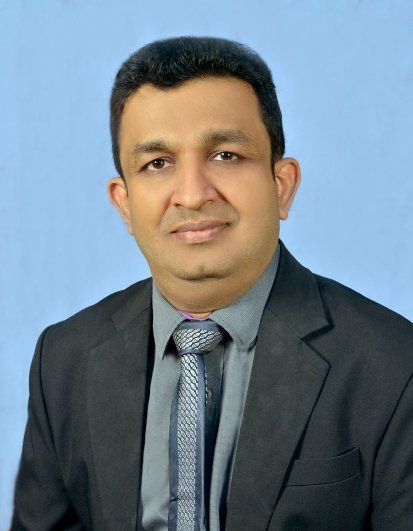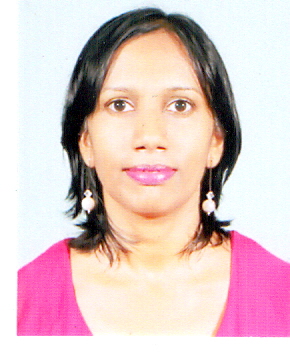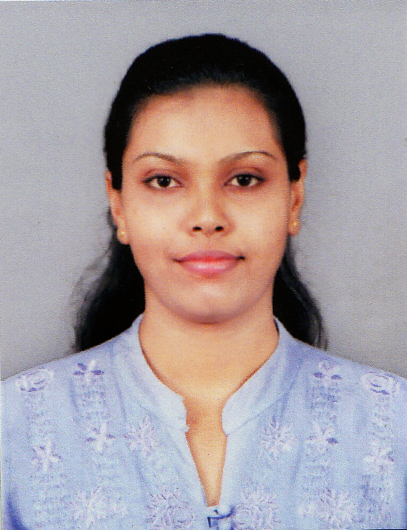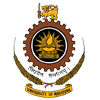|
Integration of Double Skin Green Wall as A Sustainable Design Approach in Tropical Context |
|
 |
Global warming and energy crisis are two of the biggest issues the world faces today. Building sector plays a major role in contributing to these issues due to the high energy consumption and carbon emissions. Integration of vertical greening with buildings has rapidly evolved due to the aesthetic appeal and sustainable benefits such as uplifting the urban environmental conditions. More >> |
| Decording the potentials of Vernacular Timber Preservation Technology for Structural Applications | |
 |
Shelters are a kind of architectural manifestation that remained intact and help understand the knowledge of ancient timber applications in Sri Lanka. In a tropical environment, the prolonged physical sustainability of timber is a challenging task, yet these timber constructions show a greater degree of tolerance. The durability seems to be highly appreciable. More >> |
| Decision Making Model for the Front-End of Apparel Innovations | |
 |
Effective management of activities and decisions at the front-end of apparel product innovation becomes a must in the winning goal of developing fashion-forward innovative apparel products. The apparel brands (B2B customers) are also indispensable in front-end decision making since the apparel products are made available to end consumers through world reputed international apparel brands. More >> |
|
Low Dimensional Video Descriptors for Fast Video Content Description and Searching |
|
 |
Video content description in an abstract form is mandatory for fast video searching. However, the content description is now beyond the capability of human as some popular video streamers have reported more than 180 hours of total video duration uploaded per minute.Existing computer-based content description techniques are computationally expensive. More >> |
|
Development of Wall Putty for Tropics Using Drinking Water Treatment Plant Waste Alum Sludge |
|
 |
In drinking water treatment plants, surface water is treated to remove impurities by adding Aluminium Sulphate (Al2(SO4)3) (Alum). In the end, a waste alum sludge is generated and direct disposal is prohibited due to environmental issues. The increasing amount of alum sludge production has considerable environmental and economic concerns in most countries and looking for a sustainable solution. More>> |
|
A Novel Framework to Assess the Level of Energy Culture Maturity |
|
| Global progress in energy-related improvements is considerably behind the curve. The emerging energy culture research domain has been identified as a promising approach for looking at the lower progress of energy-related improvements. However, none of the existing energy culture studies has explored how to assess organisations' energy culture maturity level. More >> | |
|
A Parametric Approach to Optimize Solar Access for Energy Efficiency in High-Rise Residential Buildings in Dense Urban Tropics |
|
 |
This research investigated the shading effects of the urban context on solar access in terms of energy savings and daylight in high-rise residential buildings in the tropical city of Colombo, Sri Lanka. The methodology consisted of demonstrating a parametric urban context utilizing simulation software Rhino3D and the Grasshopper interface. Archsim and DIVA4 plugins were used to simulate the effects of the urban context on spatial daylight autonomy and annual energy use for cooling. Four main outcomes of the study were reported. More >> |
|
Coconut Fiber Reinforced Polymer Composite for Non-Load Bearing Panel Walls |
|
 |
The use of various matrix and reinforcing materials to develop composites is well-known in the current research culture. These composites are utilized in multiple applications in different industries. The study focussed on developing a composite material by using readily available coconut fibre as reinforced material and waste polythene as a matrix material. The composites were developed to prepare sandwich panels by optimizing the flexural properties. When considering mechanical properties, bending stiffness is the main parameter in non-load-bearing panel walls. More >> |
|
Management of Flood Risk with Spatial Planning |
|
 |
Flood risk has become a significant issue, particularly in urban regions. A new set of problems are created by traditional flood management strategies in the face of climate change and rapid urban development. Management of flood risk was subjected to a critical review during the past years. The concept of the socio-ecological system suggests that resilience is the key to managing complex systems and reducing flood vulnerability. More>> |
|
A Reliable Potable Water Purification System Using Nanomaterial-Incorporated Matrix for Households in CKDu Prevalent Areas |
|
 |
One hypothesis on the CKDu pathogenesis is long-term exposure to Fluoride and Hardness in potable water and their synergic effects. Furthermore, faecal contamination of potable water in CKDu prevalent areas also causes water-borne diseases. The available water treatment units do not remove Fluoride, Hardness, and Fecal Coliform in water to meet the required drinking water guideline values. Hence, removing Fluoride, Hardness, and Fecal Coliform is a prerequisite in providing safe drinking water for people in CKDu prevalent areas. More >> |
|
Raban – A software implantation process for Robotic Process Automation (RPA) Projects |
|
 |
Robotic Process Automation (RPA), the next level of business process automation, provides adaptive and transformative solutions to replace time consuming, non-value-adding, and repetitive human tasks in a Business Process (BP). It is counterproductive to use existing software processes in RPA projects. A process template (i.e., software implementation process and metrics to track the project) is yet to be derived for RPA projects. More >> |
|
A Business Model Ontology for Construction Contractors |
|
 |
A Business Model (BM) is fundamental to success of any business, supporting high-quality business decisions. Today’s hostile business environment makes construction companies vulnerable to business failures requiring adopting proper BMs. However, it is still novel to the construction industry, with negligible ontologies to support contractors in designing BMs. More >> |
|
Modeling of Ground -Level Ozone Formation in Urban Air-sheds of Sri Lanka |
|
 |
Physical phenomenon of the relation among ground-level ozone (O3), oxides of nitrogen (NOX) and volatile organic compounds (VOC) is governed by complex nonlinear photochemistry. To predict and control O3 concentration, it is vital to know, how O3 concentration changes in response to prescribed changes in source emissions of NOX and VOCs. More>> |
|
Dynamic Clay Double Wall System for Indoor Cooling |
|
 |
The usage of clay in construction is proven sustainable in environmental, social, and economic, yet personal meaningfulness, beyond increasing financial wealth aspects since its usage from the very beginning of human civilization. However, chauvinism on clay as a non-modern material needs novel innovations to fasten with modern architecture for a whole new perspective.. More >> |
|
Attributes of Urban form Fostering Sustainability |
|
 |
A neighbourhood is a built entity that lays the experiences of daily lives of a group of inhabitants in an identifiable geographical space. Neighbourhood sustainability is the process of nurturing its environment to support and meet both the economic and social needs of its inhabitants. A sustainable neighbourhood should ensure the desired quality of life and satisfaction of the inhabitants by intertwining the local; social, cultural, environmental, and economic facets enabling its sustenance as an appealing place to live. More >> |
